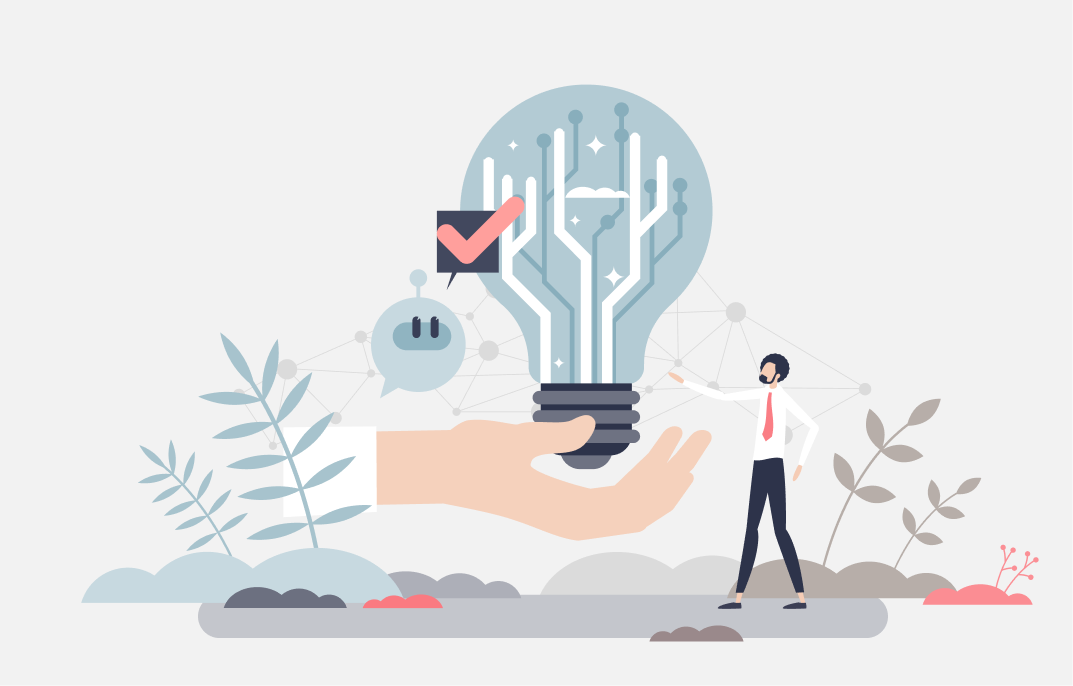The Discovery Phase is the most critical stage in the product development process. It lays the foundation for every subsequent step, helping teams understand the product’s potential, market demand, technical requirements, and user needs. When done right, the Discovery Phase increases the likelihood of long-term success by ensuring that your product aligns with business goals and solves real user problems. Skipping or rushing through this phase can lead to misaligned expectations, wasted resources, and products that miss the mark.
In this article, we’ll explore the importance of the Discovery Phase, the key activities involved, and how it sets the foundation for a successful product launch and long-term sustainability.
%20(2)%20(1).avif)
Why the Discovery Phase is Essential
The Discovery Phase is the groundwork for any successful product. It helps answer essential questions like: Who are the target users? What are their pain points? How will the product solve these problems? What are the technical challenges? By the end of this phase, you should have a clear roadmap, validated assumptions, and the confidence to proceed to design and development.
Here’s why this phase is so important:
1. Mitigating Risks
The product development journey is filled with uncertainties. The Discovery Phase allows you to identify and address potential risks early on, whether they’re related to market demand, technical feasibility, or budget constraints. By thoroughly understanding the landscape before development, you can avoid costly mistakes and ensure your product is on a strong footing.
Common Risks Addressed in the Discovery Phase:
- Market Fit: Will users actually want this product? Are there competitors solving this problem already?
- Technical Feasibility: Can the product be built within the available time and budget? Are there any technical limitations?
- Scope and Budget: How much will it cost to build the product, and can it be delivered on time?
By tackling these questions early, you avoid heading down the wrong path, which could result in significant rework later in the project.
2. Ensuring Alignment Between Teams and Stakeholders
Without a shared understanding of the product vision and goals, it’s easy for teams to become misaligned. The Discovery Phase ensures that all stakeholders—from business executives to product managers to developers—are on the same page regarding the product’s objectives, features, and priorities.
Key Alignment Outcomes:
- Clear Objectives: Everyone understands what the product needs to achieve.
- Shared Priorities: Teams agree on which features and functions are most important for launch.
- Stakeholder Buy-In: Decision-makers are aligned and supportive of the product strategy.
Having everyone aligned reduces friction, accelerates decision-making, and ensures that the project moves forward smoothly.
3. Validating Assumptions with Data
During the Discovery Phase, many assumptions about the product’s features, users, and technical feasibility are made. These assumptions need to be validated with data. Whether through user research, market analysis, or technical experiments, the Discovery Phase provides the opportunity to validate—or invalidate—these assumptions before moving into the costly design and development stages.
Examples of Assumptions to Validate:
- User Needs: Do users actually need the product you’re building? Does it solve a real pain point?
- Market Demand: Is there enough demand for this product to make it viable in the market?
- Technical Constraints: Can the product’s technical requirements be met with existing technologies or within the given resources?
Validating assumptions early reduces the likelihood of building features that users don’t want or technologies that don’t work, saving both time and money.

Key Activities in the Discovery Phase
The Discovery Phase involves several key activities that help you understand your product’s landscape and validate your strategy. Each of these activities plays a critical role in ensuring that the product is viable, valuable, and technically feasible.
1. User Research
Understanding your users is the foundation of product success. User research helps you learn about their pain points, goals, and behavior. During the Discovery Phase, you’ll gather insights directly from your target audience to ensure that the product you’re building aligns with their needs.
Key Methods of User Research:
- Interviews: Conduct one-on-one interviews to gain deep insights into user behavior, motivations, and pain points.
- Surveys: Distribute surveys to gather quantitative data about user preferences, needs, and frustrations.
- User Personas: Create detailed user personas based on research to guide design and development decisions.
Benefit: User research ensures that your product solves real problems and resonates with its target audience.
%2520(1).avif)
2. Market Analysis
Market analysis helps you understand the competitive landscape, market trends, and potential demand for your product. It’s critical to assess how your product will fit within the market and identify any gaps or opportunities that can be leveraged.
Key Components of Market Analysis:
- Competitive Research: Identify direct and indirect competitors, analyzing their strengths, weaknesses, and how your product will differentiate itself.
- SWOT Analysis: Conduct a SWOT (Strengths, Weaknesses, Opportunities, Threats) analysis to evaluate your product’s positioning in the market.
- Trends: Stay updated on industry trends to ensure your product remains relevant and future-proof.
Benefit: Market analysis helps ensure your product has a competitive edge and addresses unmet needs in the marketplace.
3. Technical Feasibility Assessment
A technical feasibility assessment evaluates whether the product can be built with the available resources, technologies, and time. This assessment helps identify any technical challenges, limitations, or dependencies that need to be considered before moving into development.
Key Technical Considerations:
- Technology Stack: Determine which frontend, backend, database, and infrastructure technologies will be used.
- Integration: Assess whether the product needs to integrate with third-party systems or existing platforms.
- Performance Requirements: Ensure the product can meet performance expectations, such as load times and scalability.
Benefit: By addressing technical risks early, you avoid encountering roadblocks during development that could delay the project or lead to costly changes.
4. Scope Definition
Defining the scope of the project is essential for managing expectations and staying on track. During the Discovery Phase, teams should clearly outline which features and functionalities will be included in the Minimum Viable Product (MVP), and what will be deferred to future iterations.
Key Scope Considerations:
- Core Features: What are the “must-have” features that will be included in the MVP?
- User Stories: Develop user stories that define the functionality from the user’s perspective.
- Feature Prioritization: Use prioritization techniques (e.g., MoSCoW method) to ensure that the most important features are developed first.
Benefit: Defining the scope early helps avoid scope creep, ensures that the project stays within budget, and aligns the team on what will be delivered.
5. Creating a Product Roadmap
A product roadmap outlines the high-level strategy for product development, detailing key milestones and timelines. It provides a visual guide that helps teams understand the project’s direction and helps stakeholders track progress.
Key Components of a Product Roadmap:
- Key Milestones: Identify major deliverables, such as the completion of the MVP or the beta launch.
- Timeline: Set realistic timelines for development, testing, and launch phases.
- Iterations: Plan for future product iterations based on user feedback and market demand.
Benefit: A well-defined roadmap ensures that everyone understands the timeline and milestones, which helps manage expectations and keep the project on track.
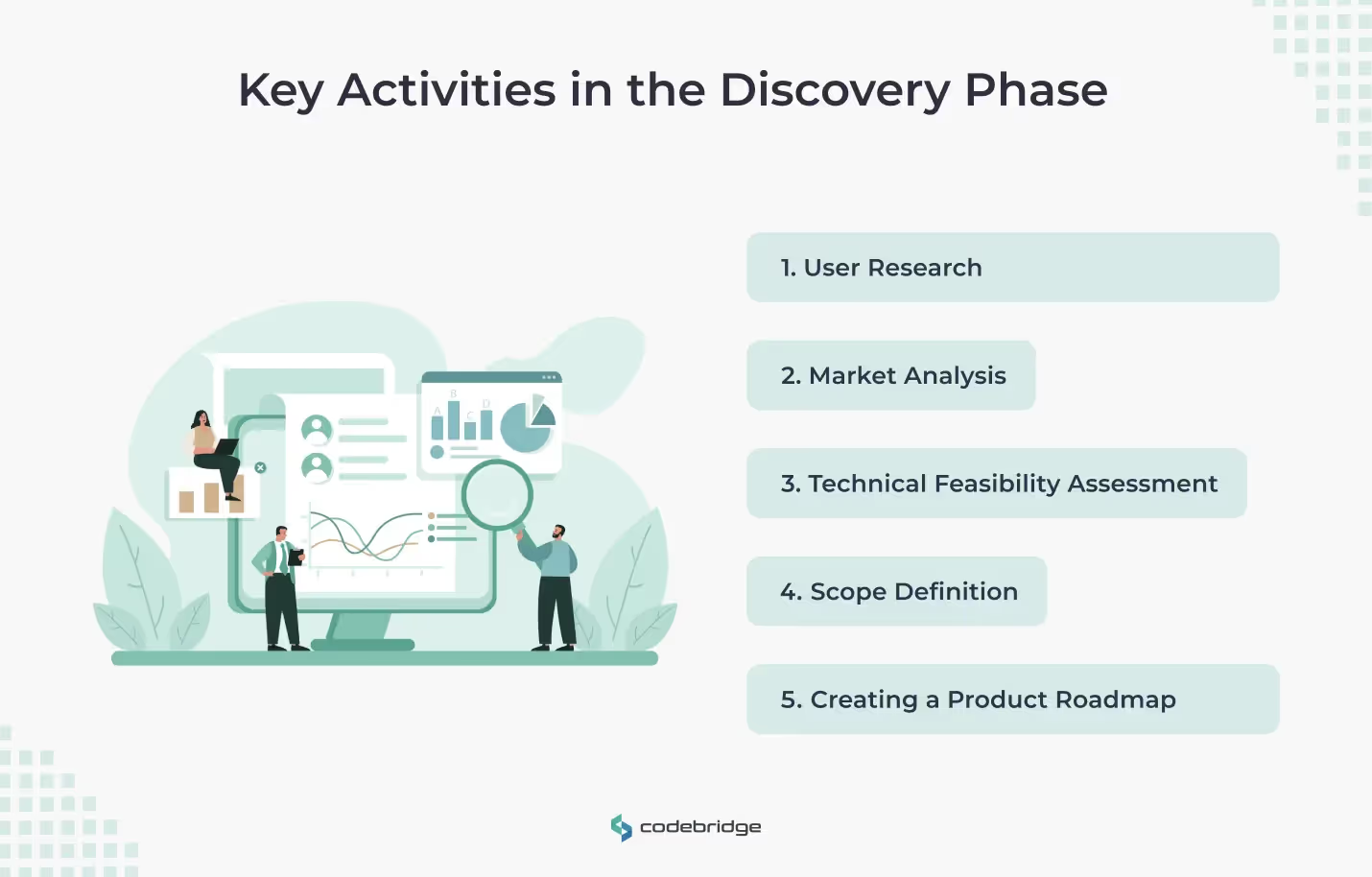
How the Discovery Phase Sets the Foundation for Long-Term Success
The Discovery Phase is not just about setting the groundwork for the initial launch—it also plays a critical role in ensuring the long-term success of your product. By taking the time to thoroughly explore user needs, validate assumptions, and align your team, you set yourself up for success beyond the MVP. Here’s how the Discovery Phase contributes to long-term product success:
1. Fostering a User-Centric Product Development Process
The insights gathered during the Discovery Phase help create a user-centric product development process. By focusing on real user needs and pain points from the start, you’re more likely to build a product that resonates with your audience and keeps them engaged over time.
Long-Term Impact: A user-centric product leads to higher user satisfaction, better retention rates, and greater product adoption.
2. Creating a Scalable Product Vision
The Discovery Phase helps you define a product vision that is scalable and adaptable over time. While the MVP focuses on the core features, the roadmap developed during the Discovery Phase provides a long-term plan for future iterations and growth.
Long-Term Impact: A clear, scalable product vision allows your product to evolve and grow alongside changing market trends and user needs.
3. Minimizing Rework and Delays
By identifying risks, validating assumptions, and aligning stakeholders during the Discovery Phase, you reduce the likelihood of major rework or delays later in the project. This leads to a smoother development process and a more predictable timeline.
Long-Term Impact: Minimizing rework and avoiding delays means your product can launch faster, with fewer setbacks, and maintain a steady growth trajectory.
4. Supporting Ongoing Iteration and Improvement
The Discovery Phase establishes a foundation for continuous iteration and improvement. By validating assumptions and gathering user feedback early, you create a culture of ongoing refinement, ensuring that the product remains relevant and valuable over time.
Long-Term Impact: Regular iterations based on user feedback keep your product competitive and aligned with evolving user needs, leading to long-term success.
Great products don’t start with code — they start with discovery. The better you understand your users, market, and challenges, the stronger your foundation for long-term success.

Conclusion
The Discovery Phase is the foundation upon which successful products are built. It ensures that you enter development with a clear understanding of your users, the market, and the technical requirements of your product. By investing time and resources into a thorough Discovery Phase, you not only set the stage for a successful product launch but also lay the groundwork for long-term product growth and sustainability. This phase reduces risks, fosters team alignment, and ensures that the product you build is one that truly resonates with users and meets market demands.
By doing the Discovery Phase right, you’ll be well on your way to creating a product that achieves long-term success, continuous iteration, and sustained market relevance.

Heading 1
Heading 2
Heading 3
Heading 4
Heading 5
Heading 6
Lorem ipsum dolor sit amet, consectetur adipiscing elit, sed do eiusmod tempor incididunt ut labore et dolore magna aliqua. Ut enim ad minim veniam, quis nostrud exercitation ullamco laboris nisi ut aliquip ex ea commodo consequat. Duis aute irure dolor in reprehenderit in voluptate velit esse cillum dolore eu fugiat nulla pariatur.
Block quote
Ordered list
- Item 1
- Item 2
- Item 3
Unordered list
- Item A
- Item B
- Item C
Bold text
Emphasis
Superscript
Subscript







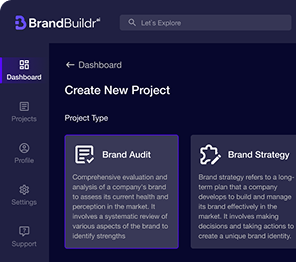
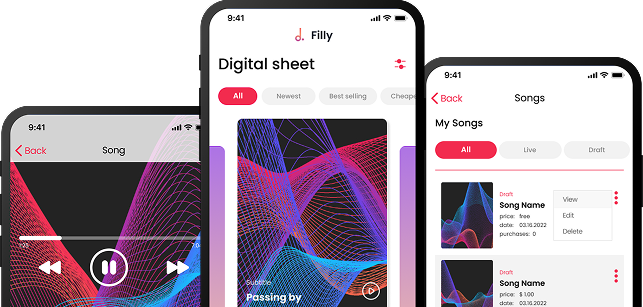










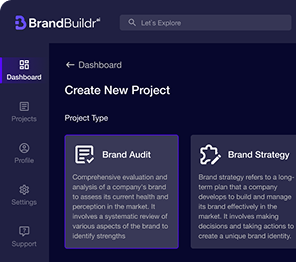

.avif)



.avif)

.avif)
